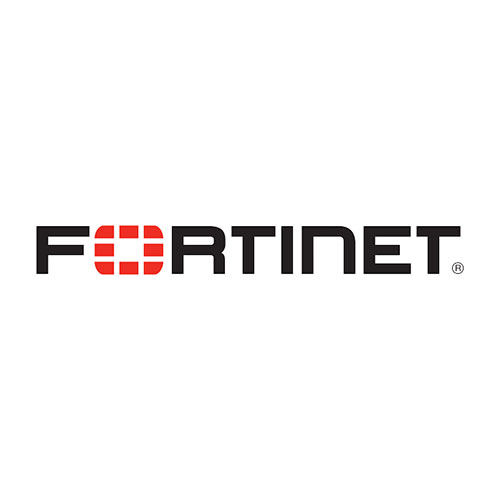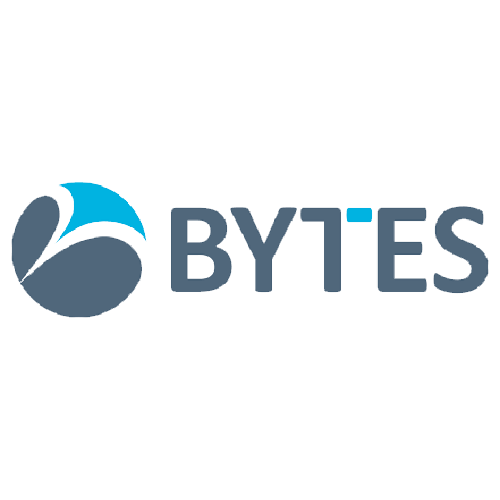Improve your security posture with Daisy. Our security portfolio is structured to help you effectively discover, prevent, and respond to security threats and build a layered security strategy that fits your business. Our expert Security Operations Centre (SOC) provides innovative security solutions designed to protect against the complex cyber attacks that hybrid IT environments now face. Plus, with the recent acquisition of leading security specialists ECSC (July 2023) we can provide complete end-to-end protection and resilience.
Our Solutions
No business is safe from data breaches and cyber security hacks, our Security Operations Centre (SOC) helps you stay one step ahead of cyber threats.
Join Lyndsey Charlton, our Chief Operating Officer and Nathan Allison, Head of Security Operations while they take you on a journey through our Security Operations Centre (SOC).
Ask the expert
Cyber security is about protecting your network, your data, your customers and your reputation. The financial and reputational damage caused by data loss and downtime can have a huge, even devastating impact. Our modern business world is dynamic, complex and continually evolving. So are the security threats associated with conducting business and interacting with the world online. It is now a common belief that it’s not “if” but “when” you will face a cyber attack – no organisation is immune. This means that your security strategy needs to be robust, multi-layered and able to evolve to keep you up to date with the risks that you face. Cyber security is not just important, it is essential.
Ironically, the biggest threat comes from your own employees. Many are poorly-trained in security and do not know how to use web and email safely which can result in phishing, ransomware and data privacy issues. WannaCry was a good example of how devastating a ransomware attack can be to organisations both large and small. Phishing is becoming more sophisticated, with many attacks targeted at siphoning funds from business bank accounts. Also, GDPR has become very relevant and we’ve already seen mistakes being made by employees accidently sharing personal information. To mitigate these risks it is important to have quality web and email protection in place, plus educate your users on policies and cyber awareness.
Unfortunately it seems that organisations can never do enough on security. Limited budgets mean resources must be concentrated in the right places. User education can often see the best return on investment, but also focus on getting some of the basics right such as firewall, anti-virus and regular patching.
It’s not too late to become compliant but a “GDPR-beater” product doesn’t exist. A good starting point is an audit of your current status to help identify the areas which should be of focus moving forward. Daisy’s GDPR Check and Protect service starts with an assessment with a sample of your data analysed for free and a report that makes key recommendations.
Patching is commonly overlooked and can have grave consequences if handled incorrectly. A good example is the WannaCry attack; the vulnerability it exploited in Windows had been patched months earlier but hadn’t been applied to a large number of devices. The best solution is to use automation to deliver patching as quickly as possible, plus deploy other layers of defence such as Endpoint Protection and Anti-Malware to ensure you are protected in the window before your patches are applied. If you are struggling to keep on top of patching then partnering with a managed service provider can be beneficial to allow you to concentrate on other strategic tasks.
That’s the hard part – the threat landscape is constantly evolving so there is no way to avoid a future breach. Generally it’s important to operate in a way that enables you to react to cyber events in an agile manner, so planning ahead, working through scenarios and understanding your environment are critical – the “discovery” phase of your security strategy. We don’t know where the next threat may come from, however when it does, the organisations that suffer most are those that take the longest to respond. By being in a position to react quickly, the impact can be minimised.
To maximise your chance of surviving a data breach, understanding, planning and testing are essential. Firstly understand what data you have, how it’s used and where it’s stored. This will allow you to develop both a technical and business response. The technical response covers closing the breach and isolating affected data and systems, stopping further breaches, analysing and understanding what happened and implementing the recovery plans. The business response covers the regulatory, customer, stakeholder and PR responses.In the cyber security world, a common belief is that there are two types of organisations: those who have been breached, and those who don’t yet know they’ve been breached. It really is not a matter of “if” but “when”, so to be thinking ahead and planning your response plan to a breach is imperative. It is important that your cyber response plans have board level engagement and you should also be aware of laws governing the organisation’s obligation to disclose a data breach, such as those outlined in the GDPR regulations.

“Daisy brought us in-depth knowledge of protocols, equipment and network design, wrapped in a very professional methodology. We now have the core networking infrastructure that the business needs to move forward, and we continue to rely on our partner Scalable as our network continues to evolve within a very fluid environment.”
Lauraine Turner, IT Director at Condé Nast Publications Ltd
Cyber Security tailored to your business
We’re able to ensure that our corporate customers have the best levels of defence and mitigation against attacks of all kinds. Delivering our own solutions and working with the industry’s leading security vendors gives you peace of mind that we can support you end to end.
Our wealth of experience in IT service delivery and communications means we understand the variety and complexity of customer environments. That same industry knowledge allows us to rapidly evaluate and remediate security challenges in the modern workplace.





















